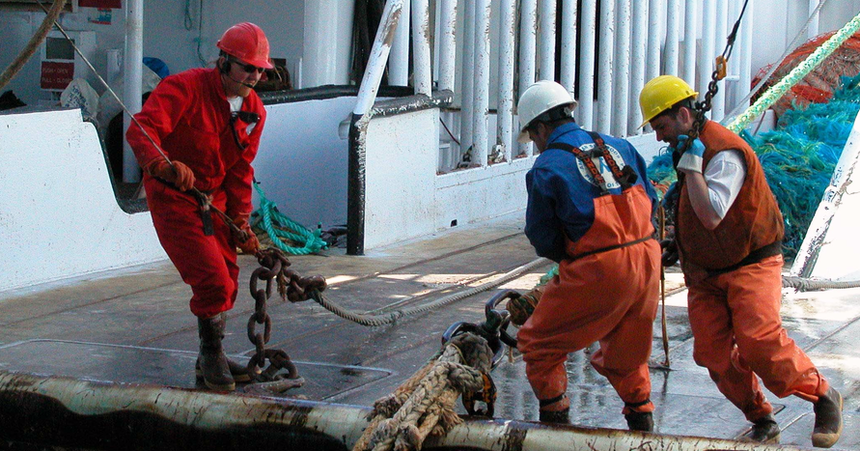Overview
Fisheries are composed of one or more parts, each of which is entitled to receive an MSC certificate. These parts or “units” are defined below by their species, fishing gear and ocean areas.
Attention
Some or all units that participated in this fishery are now covered by another assessment. Please see the BSAI and GOA Alaska pollock for more information.
Catch by Species
| Species | Reported Catch Year | Metric Tonnes |
|---|---|---|
| Walleye pollock (Gadus chalcogrammus = Theragra chalcogramma) | 2018 | 1,346,615 |
Information is provided by an independent Conformity Assessment Body as live weight (the weight of species at the time of catch, before processing) and where a fishing season covers multiple years, the end year is given as the reported catch year. Additional information is available in the latest report, see the assessments page.
About this Fishery
The Alaska pollock fishery is the largest fishery in North America.
Alaska pollock (also known as ‘walleye pollock’) are schooling, midwater to bottom-dwelling fish, usually found between 100m to 300m in depth. They can live up to 15 years and reach a length of 100 cm. Pollock occurs across the entire northern Pacific.
Pollock stocks in the US Bering Sea and Aleutian Islands (BSAI) are assessed separately from the smaller Gulf of Alaska stocks.
The BSAI pollock fishery is a midwater trawl fishery, with trawlers of 33-45m in length making short trips and then offloading catches at shoreside plants. The fleet also includes large vessels that catch and process the fish at sea. Some smaller vessels deliver their catch directly to these floating processors.
Proportions of bycatch are very low (below 1%). Fishery regulations are in place to minimise fishing impacts on sea lions and other protected species.
Image © At-sea Processors Association
Market Information
The primary markets for Alaska pollock products are Japan, the US and Europe. Japan is the principal market for surimi (minced fish) and roe pollock products. The US and Europe are the main markets for fillet-type products. Fillets are used for fish and chips and fish fingers; surimi is used for imitation crab and similar products.
